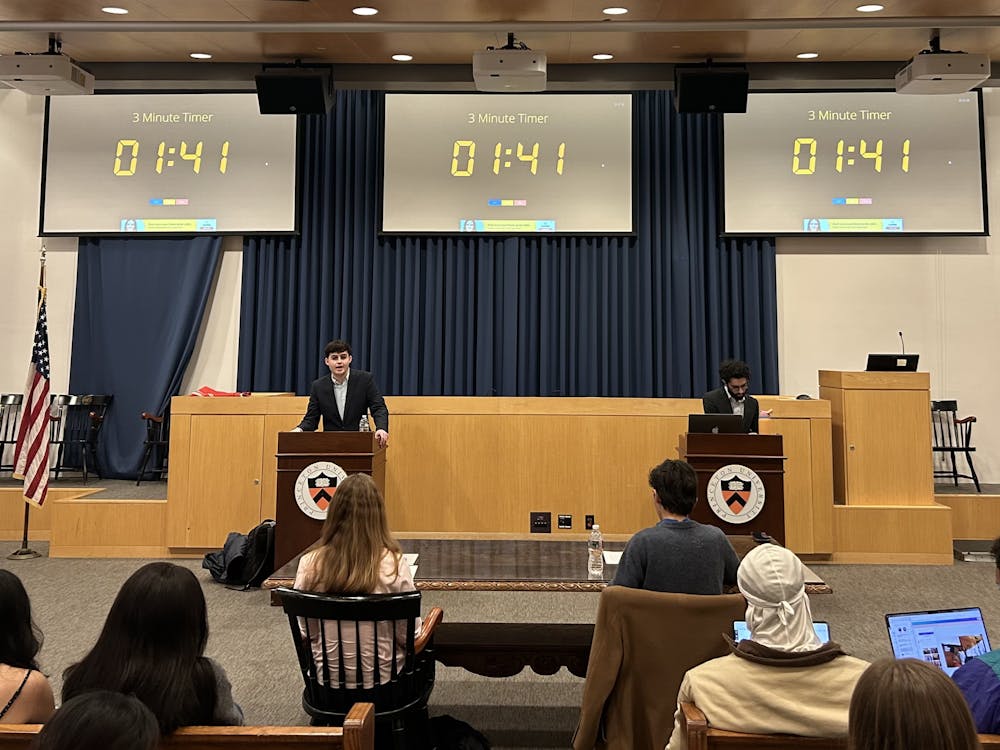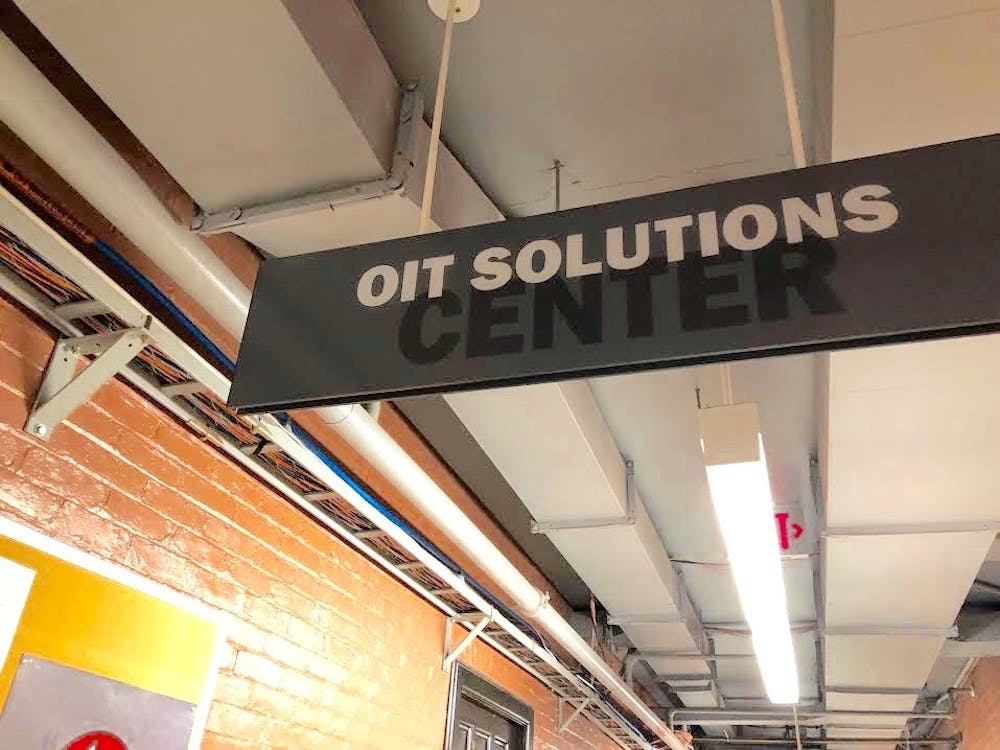"The problem of the Twentieth Century is the problem of the color-line," wrote W.E.B. DuBois in 1903 with regard to the predominant malady plaguing American society. At the dawn of the 21st, a century after DuBois' declaration, the same problem, and with the same significance, still bedevils our nation.
Because of the societal prejudices that still persist against America's ethnic minorities, it is crucial that the Princeton University community adequately assesses affirmative action in the wake of the law suit against the University of Michigan. The school is set to go before the Supreme Court in April to defend its use of race as a "plus factor" in admissions for its college and law school. In order to understand the validity of these programs, we must first take notice of the origins of affirmative action and its growth since. In the Feb. 2 issue of The New York Times Magazine, James Traub points out a crucial divergence in the program from its inception in the 1960s under President Johnson to the landmark Supreme Court case of Regents of the University of California v. Bakke.
Under Johnson's original executive order, affirmative action was enacted specifically "to overcome hiring practices [in the workplace] that had traditionally excluded or disadvantaged blacks." In other words, the program was meant to reduce racial discrimination. Then, in the Bakke case of 1978, the very meaning of affirmative action was subtlety yet significantly transformed. The term was now used to describe a means of fostering racial diversity in the academy. While the birth of affirmative action on the college campus has undoubtedly been a positive occurrence, the alteration of the purpose for affirmative action – to primarily encouraging diversity rather than discouraging discrimination – in the Bakke case has had unfortunate consequences.
The focus of the program as a means for increasing student diversity only implies that the sole beneficiary is the white majority of university students, since admitted minorities under the program are seen as objects, like textbooks, that are admitted only to enrich the majority's intellectual experience.
Admissions officers, and the community at large, must shift their paradigm of thought regarding affirmative action and see the program as it was originally conceived – as a means for reducing the discrimination against minorities that has existed for centuries.
Furthermore, seeing the program in this "neoclassical" view will only aid in the process of eventually phasing out the program – an entirely necessary step. If affirmative action is perceived as immortal, it suggests that minorities are inherently intellectually disadvantaged to their white counterparts and can only compete in admissions process if their "cerebral inferiority" is taken into account.
By viewing affirmative action as a means for diminishing discrimination, I do not mean to imply that the diversity that comes as a result of the program is a bad thing. Indeed, if utilized appropriately, diversity could further help reduce societal bigotry. So how do we deal with the issue of "diversity" that inevitably ensues from instituting any form of racial preference in the admissions process?
In today's debate over affirmative action, the general assumption is that affirmative action is for promoting diversity – a poor conception, but nevertheless, the reality.

So let's evaluate some of the claims commonly used in dissent for the program, to see why the resulting diversity is positive and how it can help alleviate the injustices to which ethnic minorities are far too often subjected.
A familiar argument is that affirmative action assumes that any one minority is representative of their entire ethnicity in terms of ideology, therefore stereotyping any black student's perspective as "The Black Perspective," and any Latino student's viewpoint as "The Latino Viewpoint" — a close-minded statement that rejects any notion of individualism. But this argument discards the very determinants of perspectives and viewpoints. I see the diversity of perspectives as analogous to a tree with a multitude of branches. While a single tree can have many different branches — one long and with many leaves, another short and barren, another curved with many branches protruding of itself — they all are grounded in the same root, or the same cultural and historical ties. This view recognizes the many different ideas ethnic groups can have, while still recognizing the value of the same root that grounds them.
Another argument, put forth by The Daily Princetonian Opinion Board, favors a socioeconomic affirmative action that usurps a race-based program as a means for promoting diversity. But this judgment too falls short by suggesting that similar salaries have a greater bearing on the development of ideology than cultural and historical ties. What happens when your income bracket increases (a likely result of having a Princeton education, and diploma)? Do you suddenly have a new cultural perspective? The liquidity of money is far less viscous than that of blood, and much too shallow.
Yet one last component of the success that affirmative action should have in increasing diversity as it eases discrimination is, well, us – the students. We have, in essence, been assumed away into nonexistence within the framework of the affirmative action debate. The admissions office can lead diverse students to the same water well, but they cannot make us drink. We must not allow diversity to be merely a statistic and must utilize the great advantages that come from sharing the educational experience with those different than us. We must share with one another our individual experiences that pertain to our culture, rather than simply accept our views on other matters than ethnicity as sufficient in reaching mutual understanding. If diversity is to be defined by ethnicity, then in order to manifest the fruition of diversity we need to directly share our cultures themselves. Only through this process can campus diversity help mitigate societal discrimination.

By realizing that our affirmative action should be primarily focused on reducing discrimination, the admissions office will avoid the institutionalization of affirmative action and give the program a mortal existence.
By openly discussing our diverse cultural backgrounds, we the students, can help turn diversity into more than a feckless byword — into a powerful tool that weakens societal biases.
Lastly, it is President Tilgman's responsibility to sign the brief in support of the University of Michigan's race-based affirmative action program, lest she make the Princeton community look hypocritical by not supporting the same admissions policy that we ourselves use. The absence of President Tilgman's support would be a blatant snub to our university motto – rendering Princeton in the nation's disservice.
Eric Herschthal is a freshman from Ft. Lauderdale, Fla.







